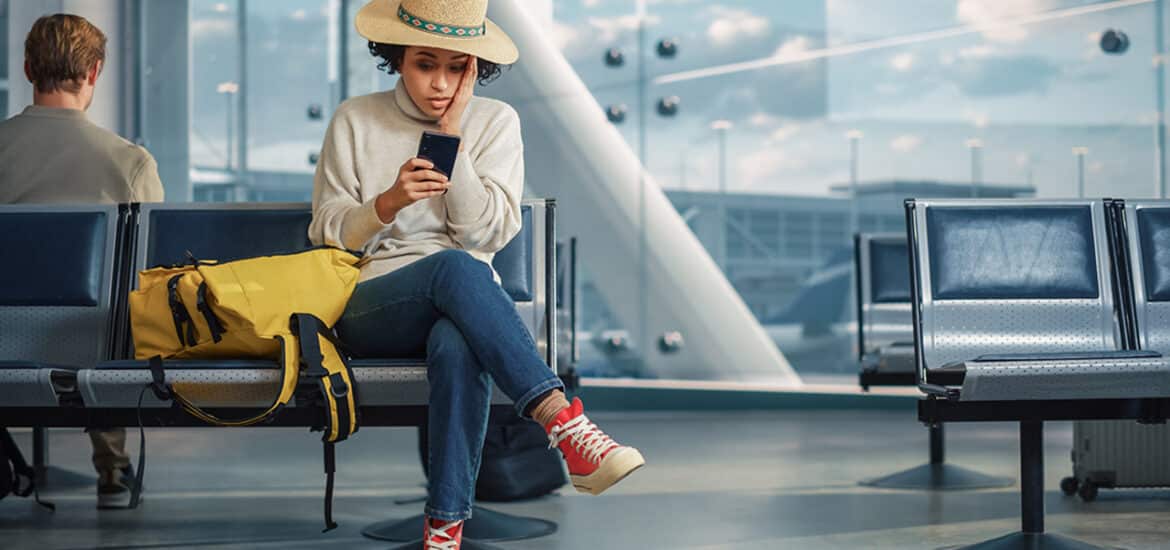Budget airlines have revolutionized the way we travel, offering lower fares and making flying accessible to more people. But these reduced costs come with trade-offs, some of which are less obvious than others. Even seasoned travelers might be surprised at some of the subtle ways budget airlines cut corners to save money. Understanding these methods can help you better navigate your next budget airline experience and set realistic expectations.
1. Less Legroom and Seat Space
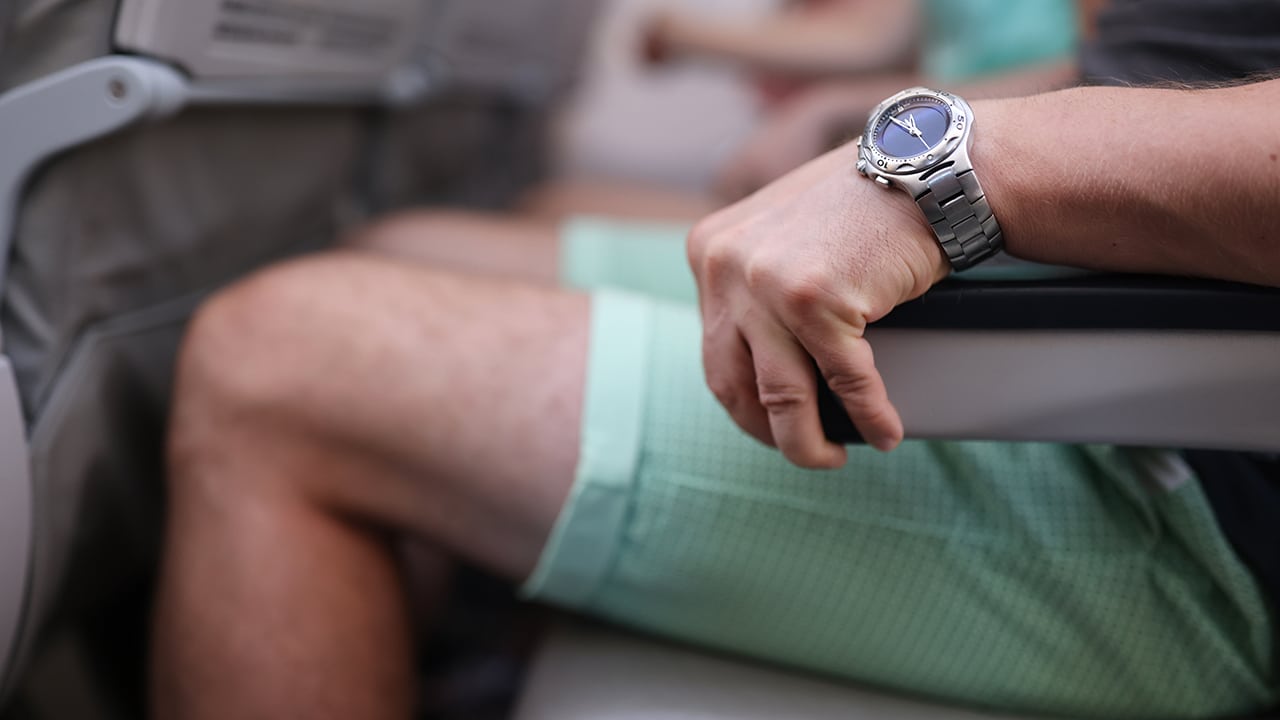
Budget airlines are notorious for reducing legroom and seat space to fit more passengers on each flight. It’s a cost-saving measure that results in a cramped environment, particularly challenging for taller passengers or those on longer flights. The limited space can lead to discomfort and a less enjoyable travel experience. When booking with a budget airline, be prepared for closer quarters and consider paying extra for seats with more legroom if it’s a priority for your comfort.
2. Non-Reclining Seats
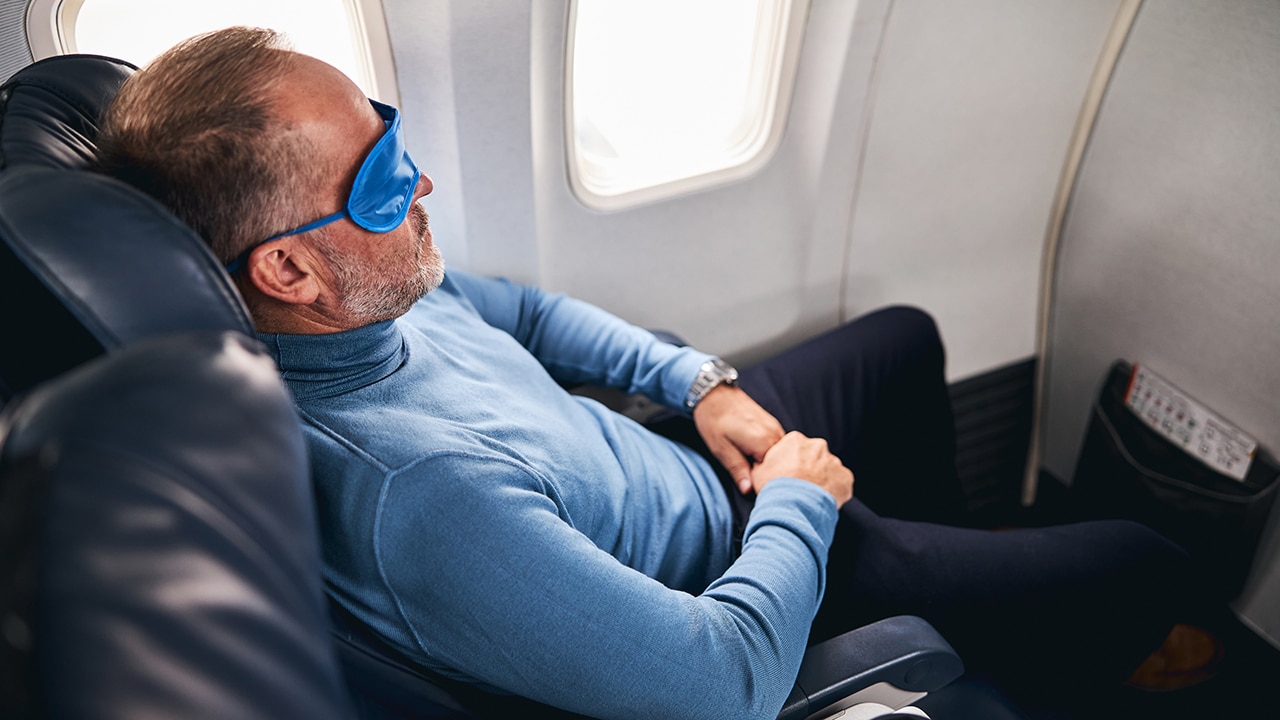
Many budget airlines equip their planes with non-reclining seats to save on maintenance costs and to fit more seats into the cabin. While this might be a minor inconvenience on shorter flights, it can significantly affect your comfort on longer journeys. The inability to adjust your seat can make it more challenging to rest or find a comfortable position, especially if you’re prone to back pain or other discomforts.
3. Simplified In-Flight Service
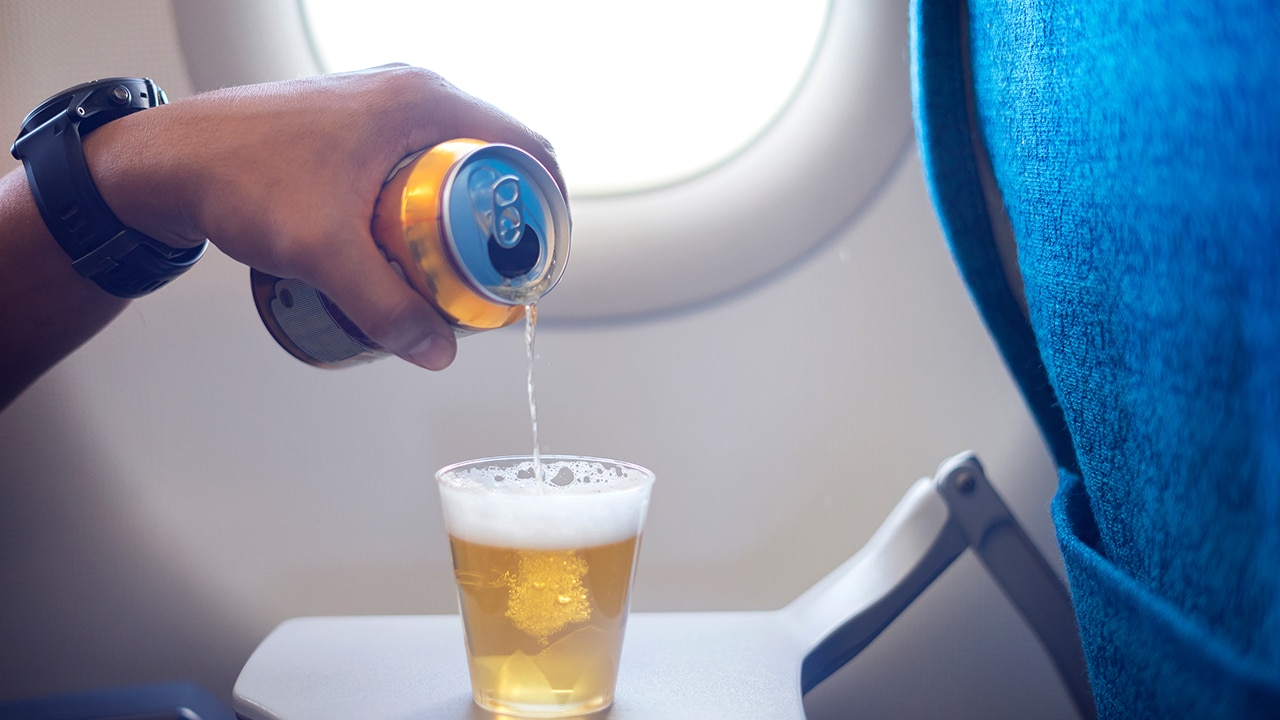
Budget airlines typically reduce costs by offering simplified in-flight services. This often means a limited selection of food and beverages, mostly available for purchase rather than complimentary. In some cases, you might even be charged for water. It’s a good idea to bring your own snacks and drinks when flying with these airlines to avoid paying inflated prices onboard. Preparing ahead can make your flight experience more enjoyable and less costly.
4. Charging for Checked Bags and Carry-Ons
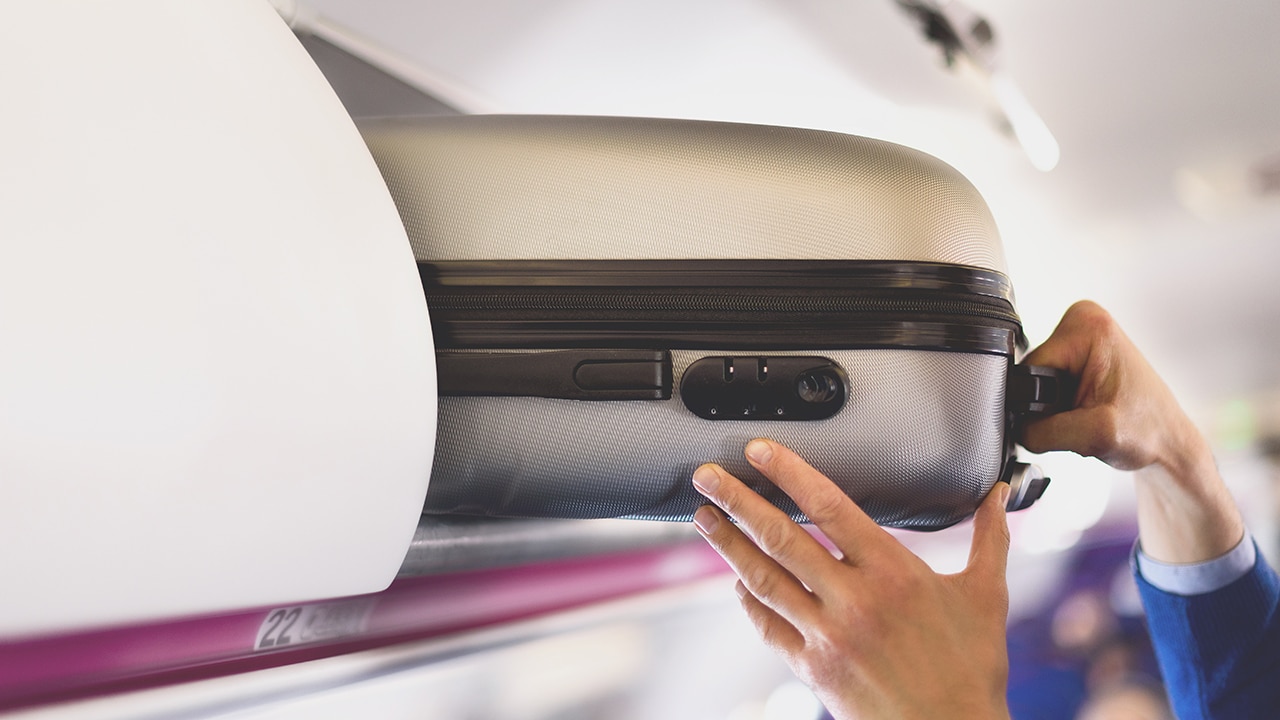
One of the most common ways budget airlines generate additional revenue is by charging for both checked bags and carry-ons. This policy brings in extra income and encourages passengers to pack lightly, reducing the airline’s fuel costs. To avoid surprise fees, always review the airline’s baggage policy and fees before your trip. Packing strategically can help you avoid or minimize these additional costs.
5. Less Frequent Deep Cleaning
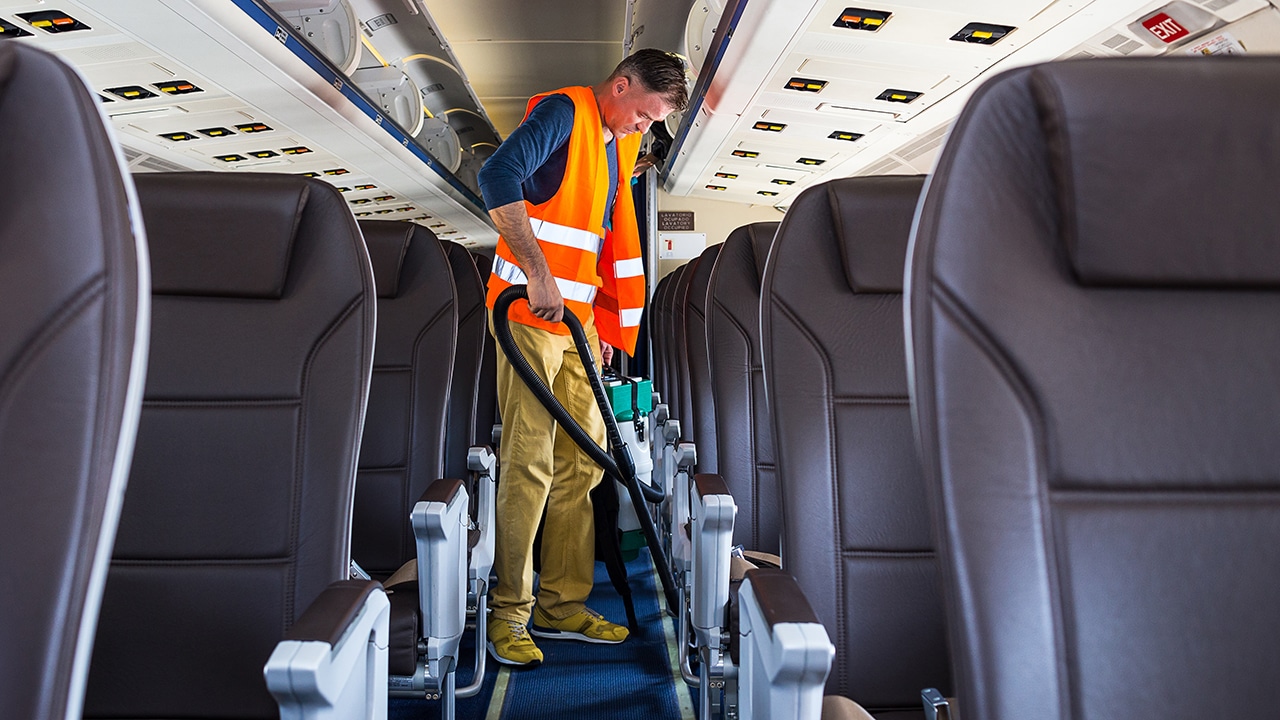
In an effort to maintain quick turnaround times and reduce operational costs, budget airlines often don’t deep clean their cabins as frequently as full-service carriers. While general tidying happens between flights, thorough cleaning might not occur as often. Bringing hand sanitizer and disinfectant wipes for your seat and tray table is a smart idea when flying budget, so you can have a cleaner and more hygienic personal space.
6. Fewer Flight Attendants
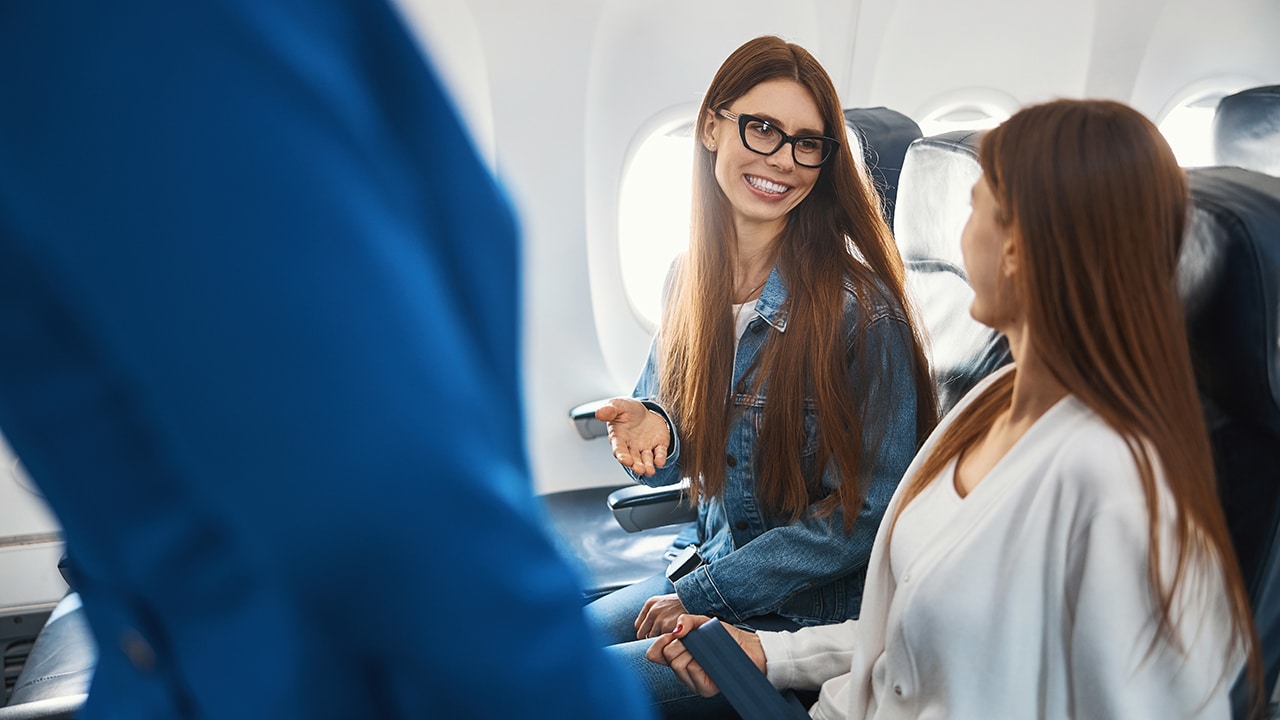
Budget airlines typically staff their flights with the minimum number of flight attendants required by safety regulations. So, when flying with a budget airline, be prepared for a more self-sufficient experience, as attendants may be too busy to provide individualized attention or quickly respond to non-urgent requests.
7. Paying for Extras
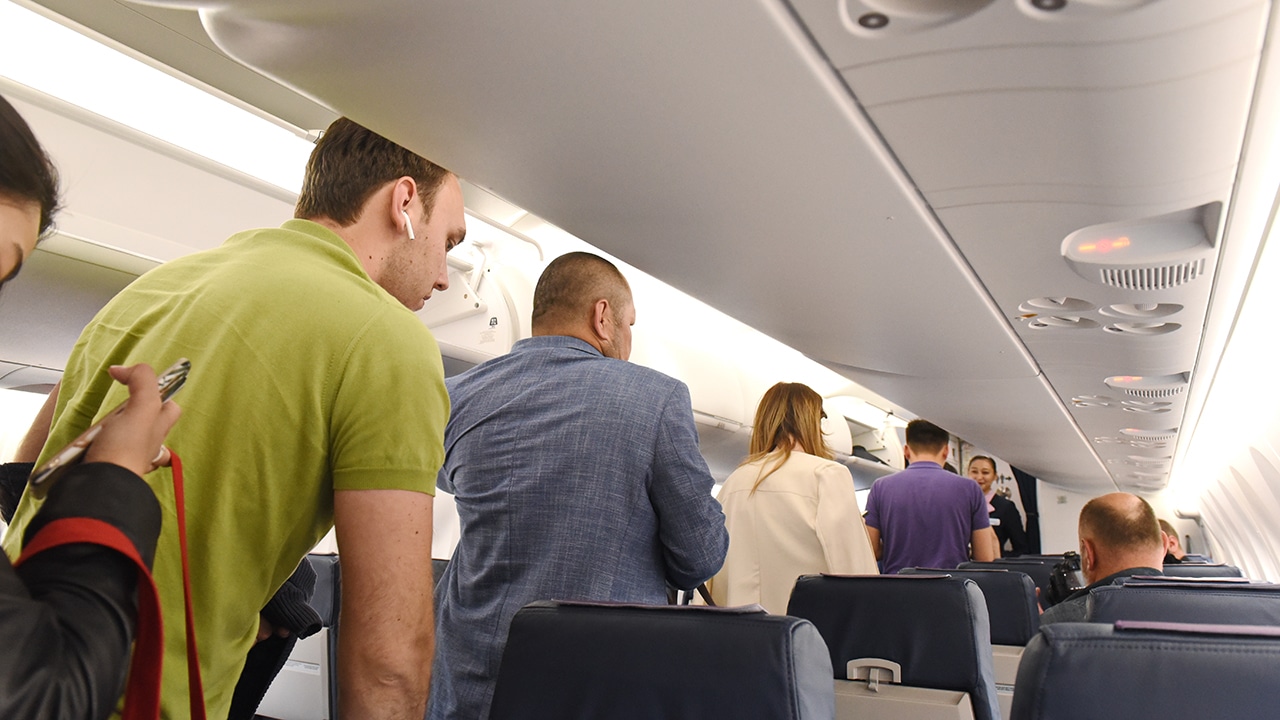
Low-cost airlines often charge additional fees for services and amenities that are usually complimentary on full-service airlines. These can include seat selection, early boarding, access to in-flight entertainment, and even charges for printing boarding passes at the airport. Carefully consider what services you really need for your flight and plan accordingly to manage your travel budget effectively.
8. Secondary Airports
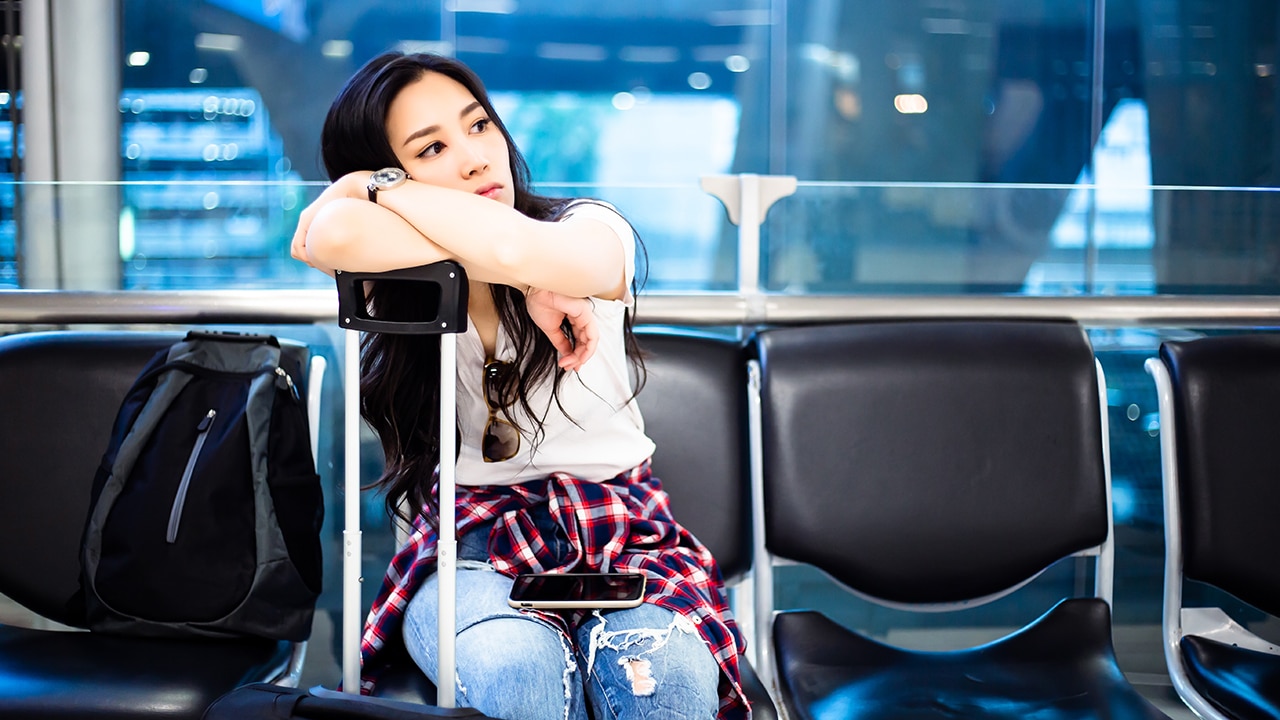
Budget airlines frequently operate from smaller, secondary airports instead of major hubs, benefiting from lower landing fees to keep airfares down. However, these airports can be significantly farther from city centers, potentially leading to longer, more inconvenient, and costlier ground transportation. When flying with a budget airline, you might save on airfare but could end up spending more time and money getting to and from the airport.
9. No Free Transfers on Missed Connections

A notable downside of budget airlines is their lack of responsibility for missed connections, particularly when flights are booked separately. If you miss a connecting flight due to a delay or other issues, the airline typically won’t offer a free transfer to another flight. This can leave you needing to purchase a new ticket, often at a higher last-minute rate. To avoid this, be sure to allow extra time between flights when booking with budget carriers.
10. Streamlined Fleet
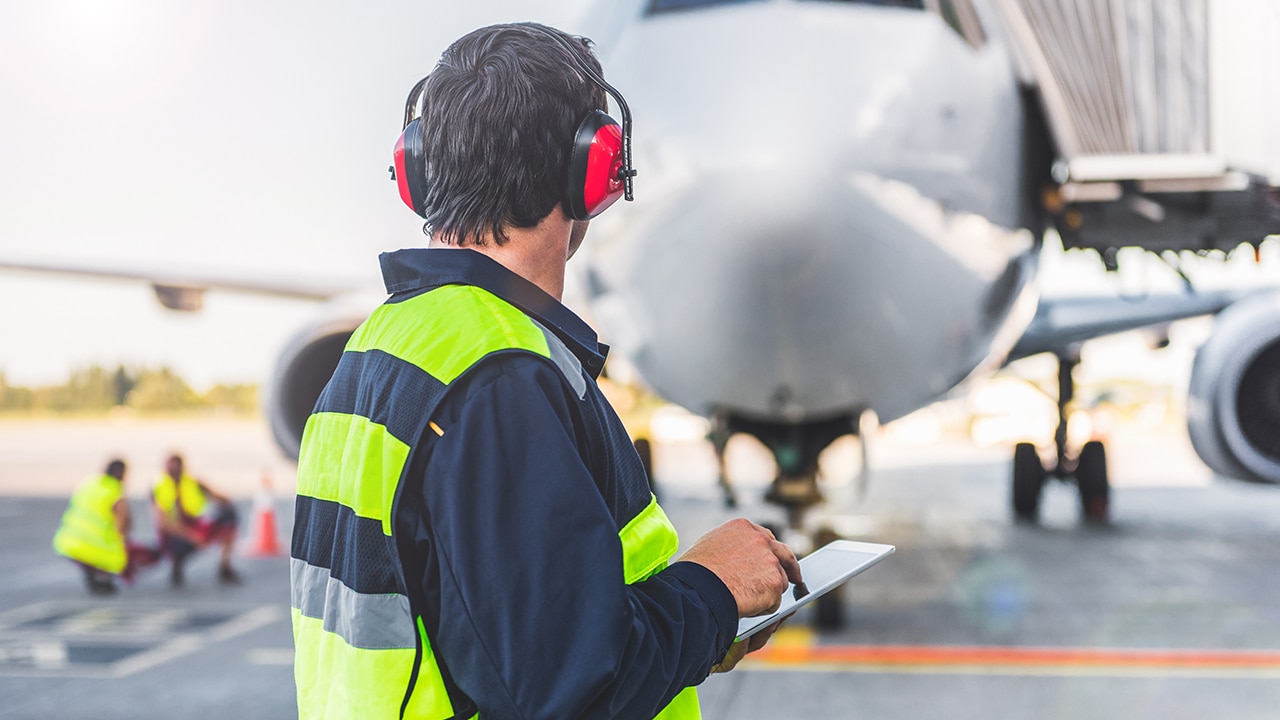
To reduce costs, many budget airlines use a streamlined fleet, often consisting of just one type of aircraft. This approach simplifies maintenance, training, and operations. The downside is less flexibility in flight scheduling and limited backup options in case of mechanical problems or other operational issues. This can lead to more cancellations or delays compared to airlines with more diverse fleets.
11. Quick Turnaround Times
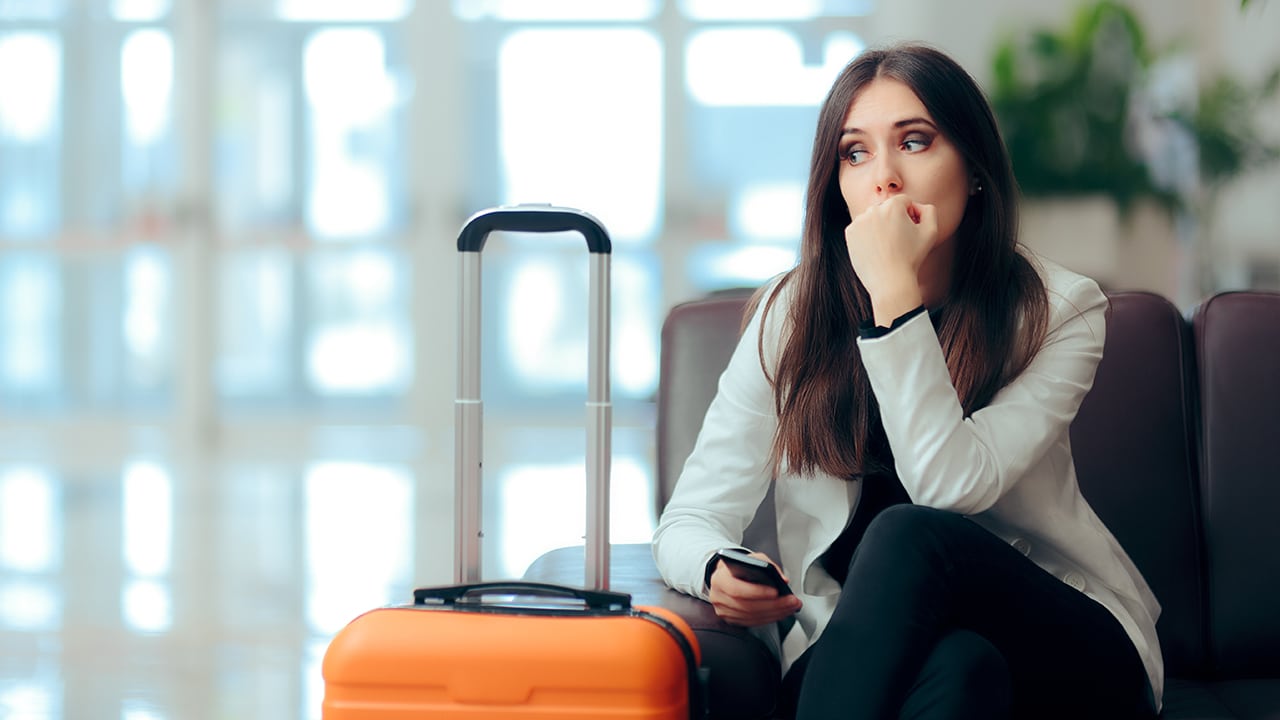
Quick turnaround times are a hallmark of budget airlines, keeping planes in the air more frequently to maximize efficiency and profitability. However, this approach can backfire, leading to delays and rushed boarding processes. With less time allocated for cleaning, boarding, and preparing the aircraft, any minor delay can cascade into significant scheduling disruptions.
12. Limited Customer Service
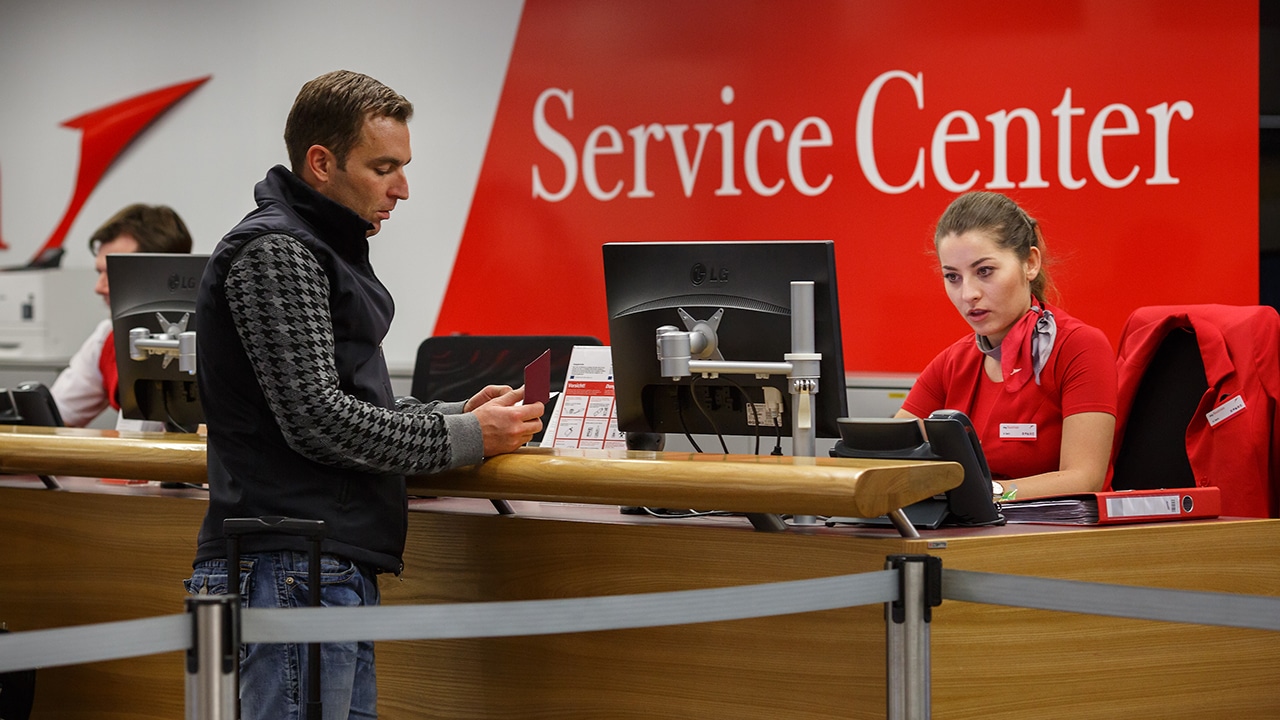
Cost-cutting measures often lead budget airlines to have limited customer service resources, resulting in longer waiting times for assistance, difficulty resolving issues, and a generally less responsive customer service experience. Be prepared for potential challenges when trying to contact customer service, and consider managing some travel issues independently.
13. More Stringent Baggage Policies
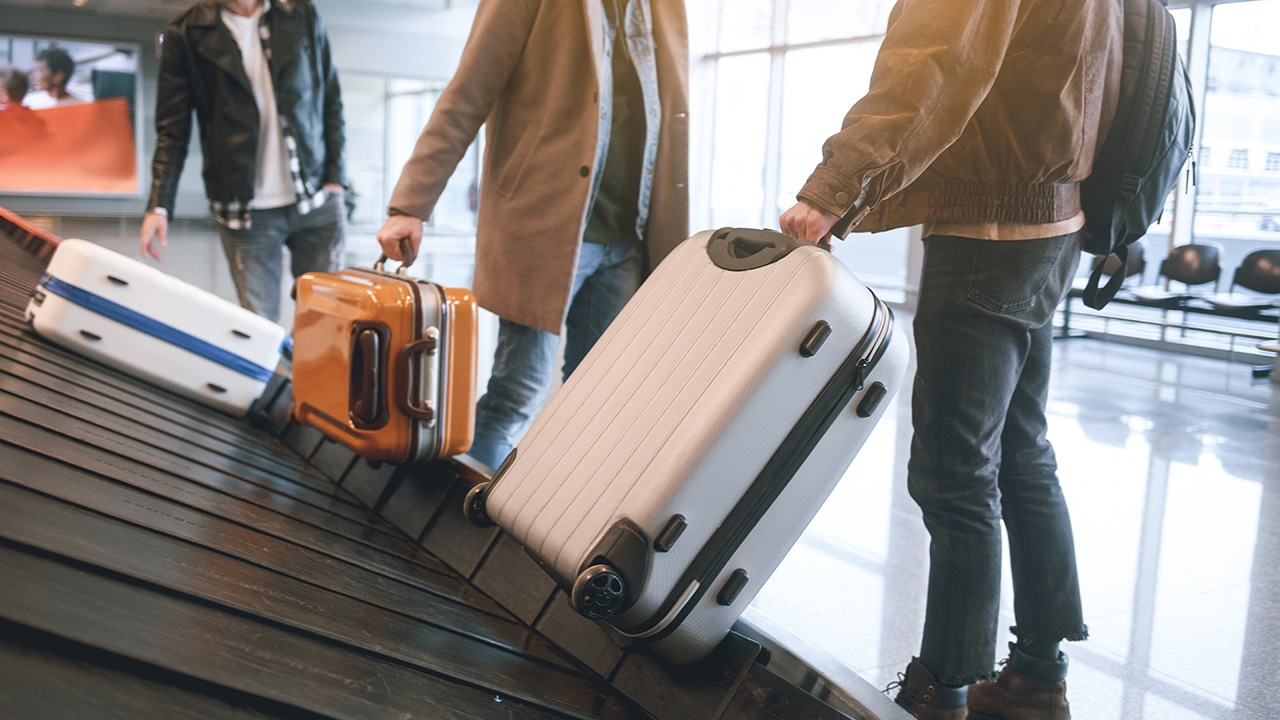
Budget airlines typically enforce stringent baggage policies with strict limits on size and weight for both checked and carry-on luggage. Exceeding these limits can incur substantial fees. Carefully review and adhere to the airline’s baggage policy to avoid unexpected and often hefty additional charges at the airport.
14. Dynamic Pricing Strategies
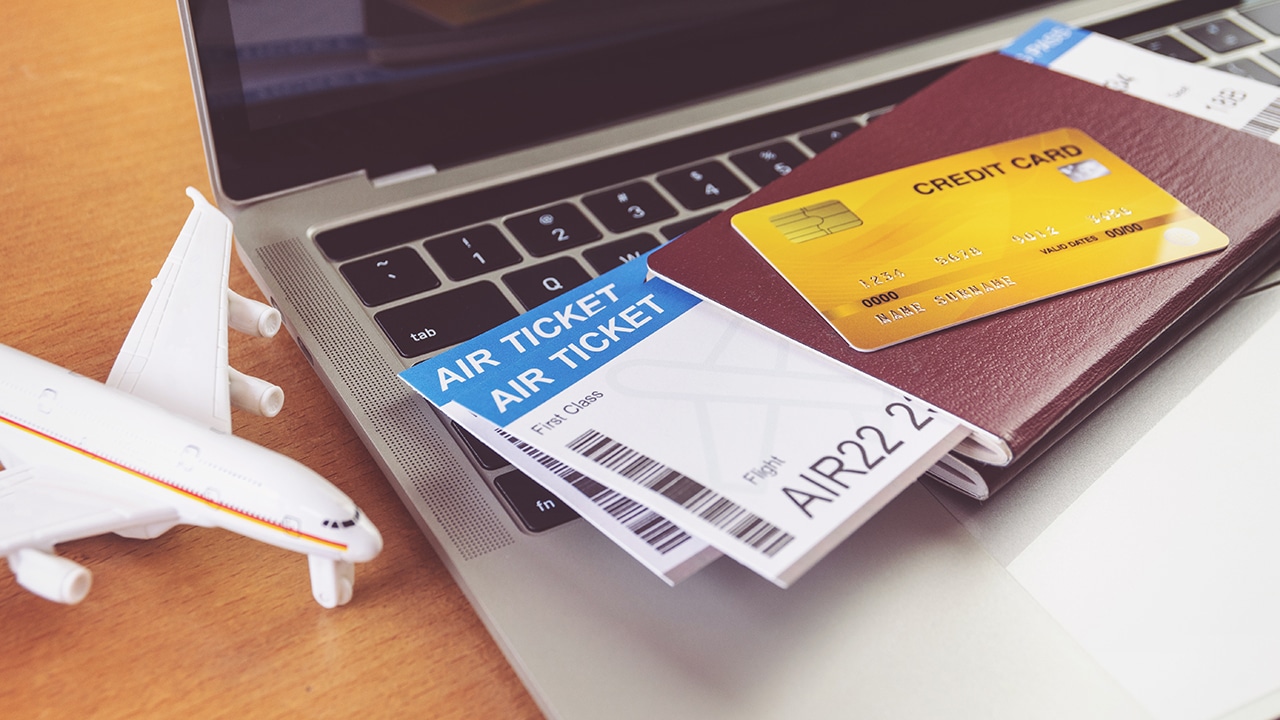
Budget airlines frequently employ dynamic pricing strategies, causing ticket prices to vary based on factors like demand, booking time, and seasonality. While this can lead to great deals for savvy travelers who book at optimal times, it also means potentially higher costs during peak travel periods or for last-minute bookings. Understanding these pricing patterns can help you secure better deals on flights.
15. Advertising and Ancillary Revenue
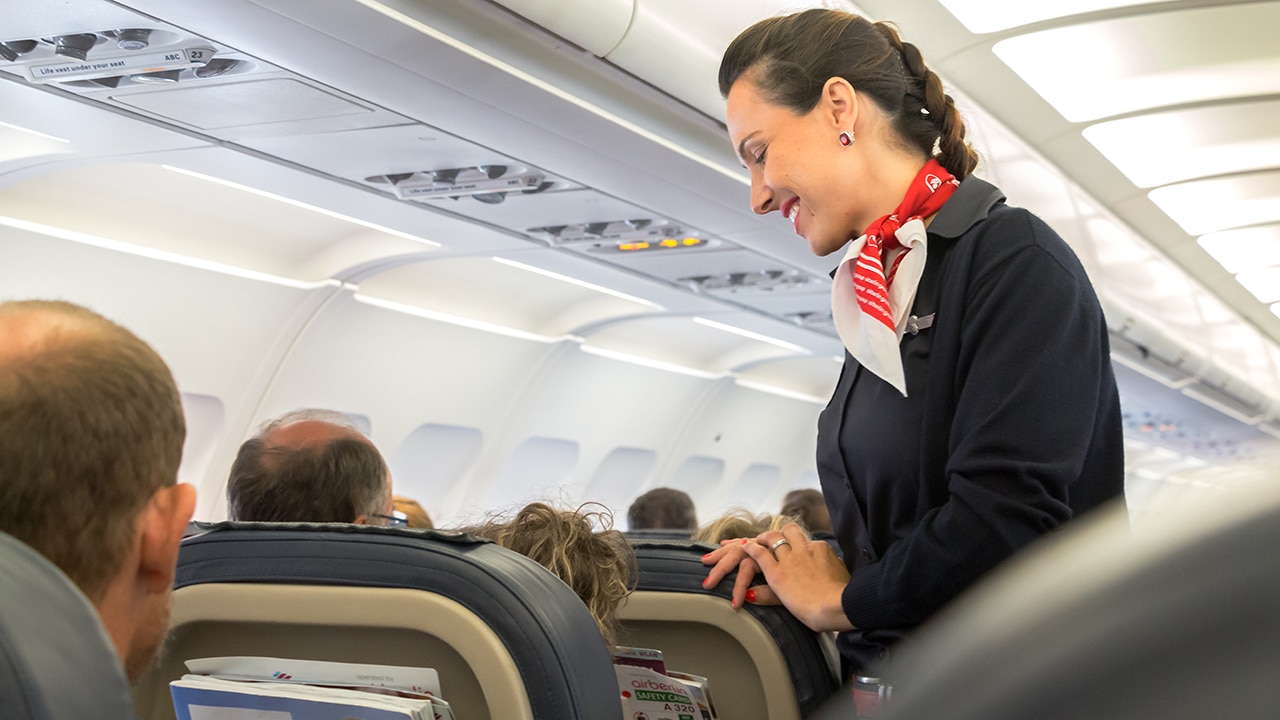
To maintain low ticket prices, budget airlines often heavily rely on ancillary revenue and advertising. This includes a variety of onboard sales, partnerships with hotels and car rental agencies, and advertisements on boarding passes and cabin interiors. While these practices help keep base fares low, they can result in a flight experience that feels more commercialized and less comfortable, with frequent sales pitches and less personal space.
